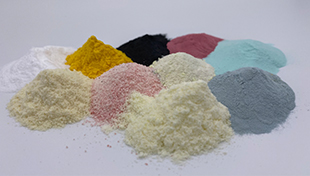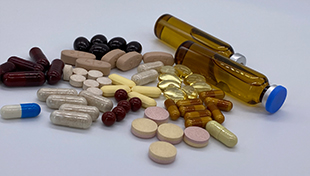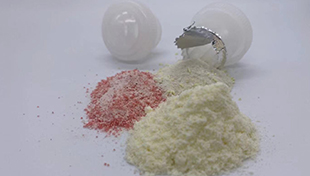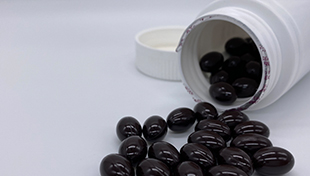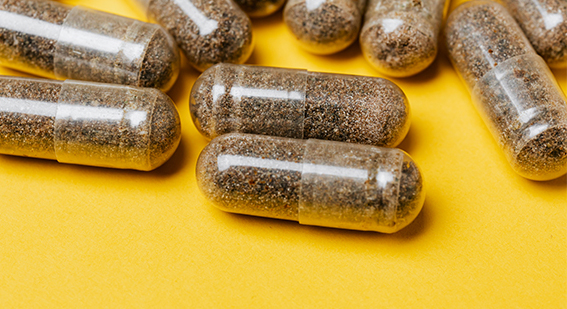|
WHAT IS MICROENCAPSULATION?
Microencapsulation is a process in which tiny particles or droplets are surroundedby a coating to give small capsules, with useful properties. in general, it is used toincorporate food additives, food ingredients or other materials on a micro metric scale.Microencapsulation can reduce dosing frequency and prevent the degradation of active ingredient. The enclosed material in the microcapsule is referred to as the core, internal phase, or fill, whereas the wall is sometimes called a shell, coating, or membrane The coating materials generally used for coating are: Mono and DiglyceridesStearic Acid Vegetable Fat Lecithin Cellulose Fibers(E460)Palm Oil(E471)Maltodextrin and so on
|
|
|
WHY MICROENCAPSULATION?
◆ Protecting sensitive & active nutrients in extreme processing temperature and storage conditions.
◆ Increase the stability and shelf life of finished products
◆ Mask bitter or unpleasant odor & taste,such as iron metal taste
◆ Minimizes possible interactions.
◆ Controled-release:such as a specifc temperature release (baking application),pH release,enteric release,a sustained or modified release
◆ Low sedimentation tendency,improved dispersion properties and optimum bioavailability.
◆ Reduce Overages
Microencapsulated Ferous Fumarate 50%
Microencapsulated Magnesium Oxide 50%
Microencapsulated Potassium Chloride 50%
Microencapsulated Potassium Dihydrogen Phosphate 50%
Microencapsulated Ascorbic Acid 50%
Microencapsulated Ribofavin 33%

